To provide the best experiences, we use technologies like cookies to store and/or access device information. Consenting to these technologies will allow us to process data such as browsing behaviour or unique IDs on this site. Not consenting or withdrawing consent, may adversely affect certain features and functions.
The technical storage or access is strictly necessary for the legitimate purpose of enabling the use of a specific service explicitly requested by the subscriber or user, or for the sole purpose of carrying out the transmission of a communication over an electronic communications network.
The technical storage or access is necessary for the legitimate purpose of storing preferences that are not requested by the subscriber or user.
The technical storage or access that is used exclusively for statistical purposes.
The technical storage or access that is used exclusively for anonymous statistical purposes. Without a subpoena, voluntary compliance on the part of your Internet Service Provider, or additional records from a third party, information stored or retrieved for this purpose alone cannot usually be used to identify you.
The technical storage or access is required to create user profiles to send advertising, or to track the user on a website or across several websites for similar marketing purposes.
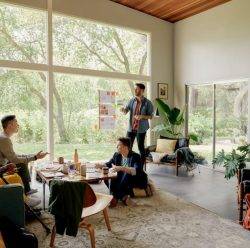 Remote working is becoming more popular than ever. A study released by the Swiss office provider IWG found that 70 percent of professionals work remotely at least one day a week, while 53 percent work remotely for at least half of the week. Some multinationals have their entire staff working remotely, with no fixed office presence at all, which can result in having employees situated all over the world. (more…)
Remote working is becoming more popular than ever. A study released by the Swiss office provider IWG found that 70 percent of professionals work remotely at least one day a week, while 53 percent work remotely for at least half of the week. Some multinationals have their entire staff working remotely, with no fixed office presence at all, which can result in having employees situated all over the world. (more…)



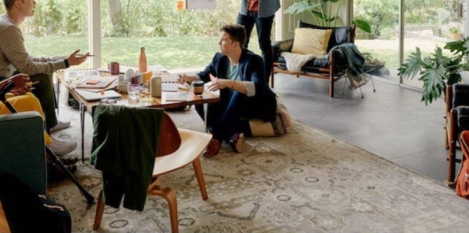


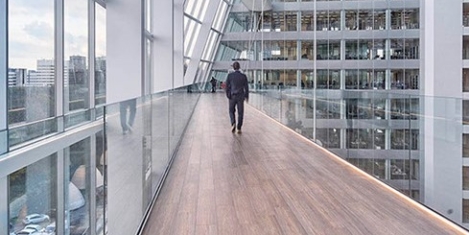
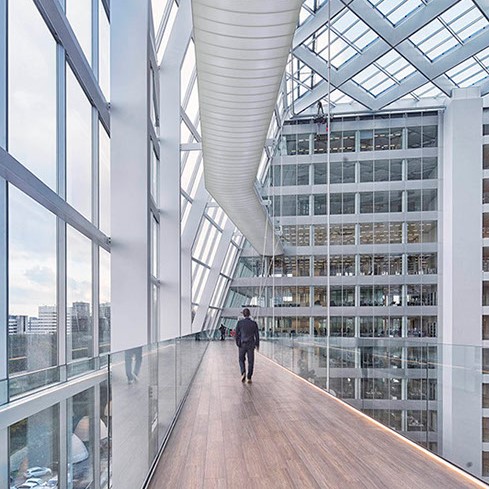








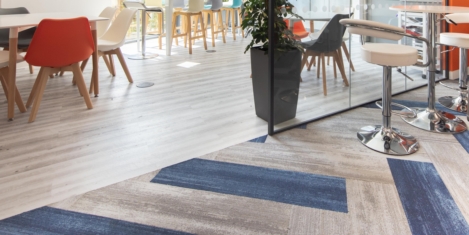
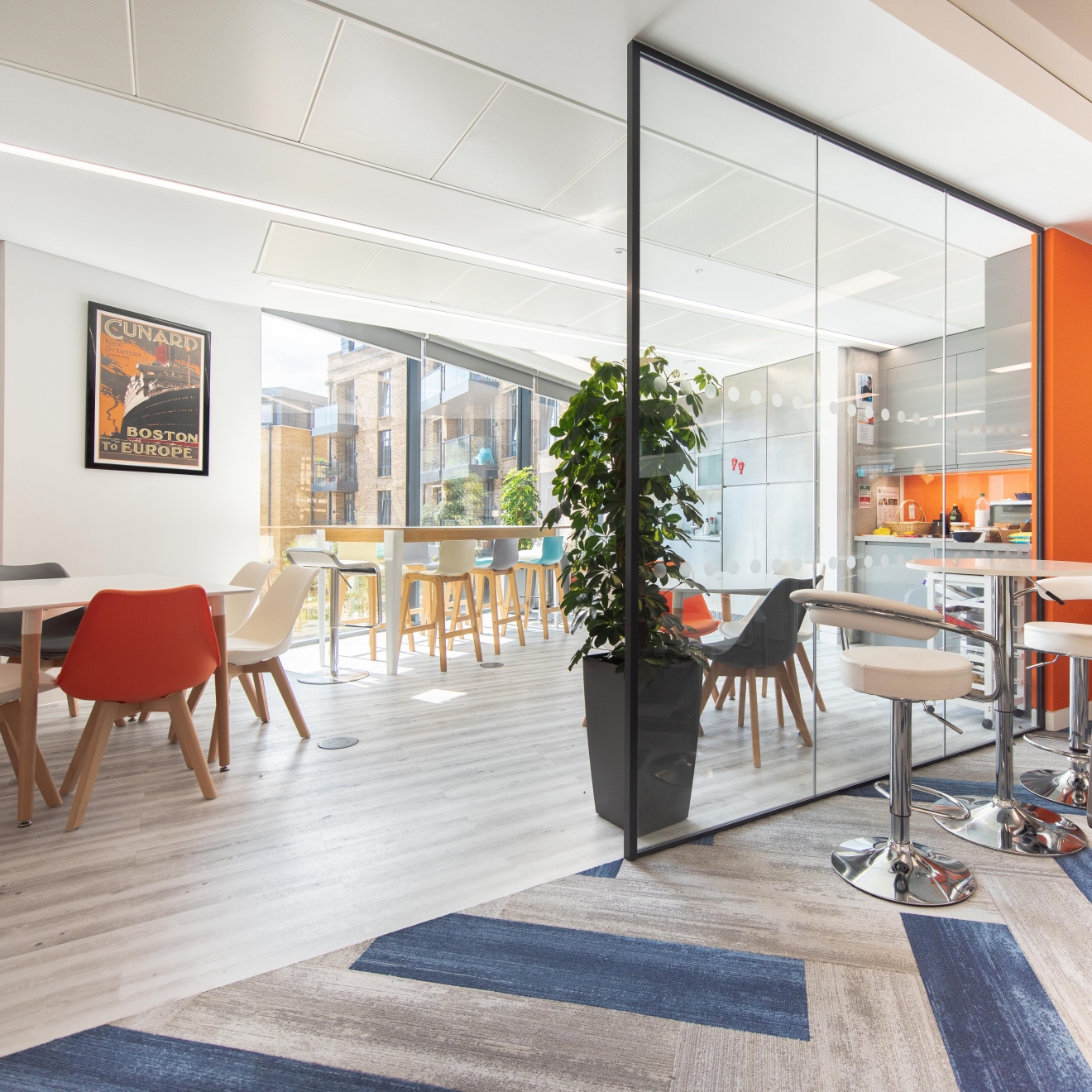


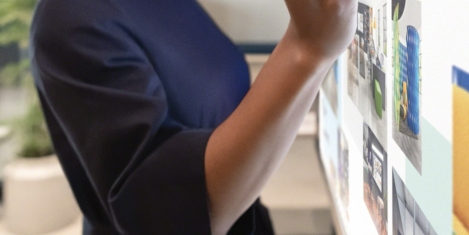

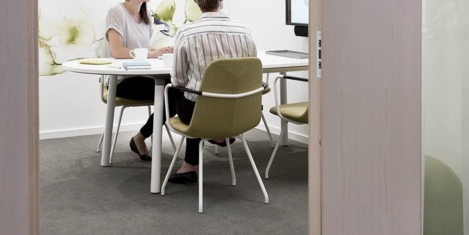
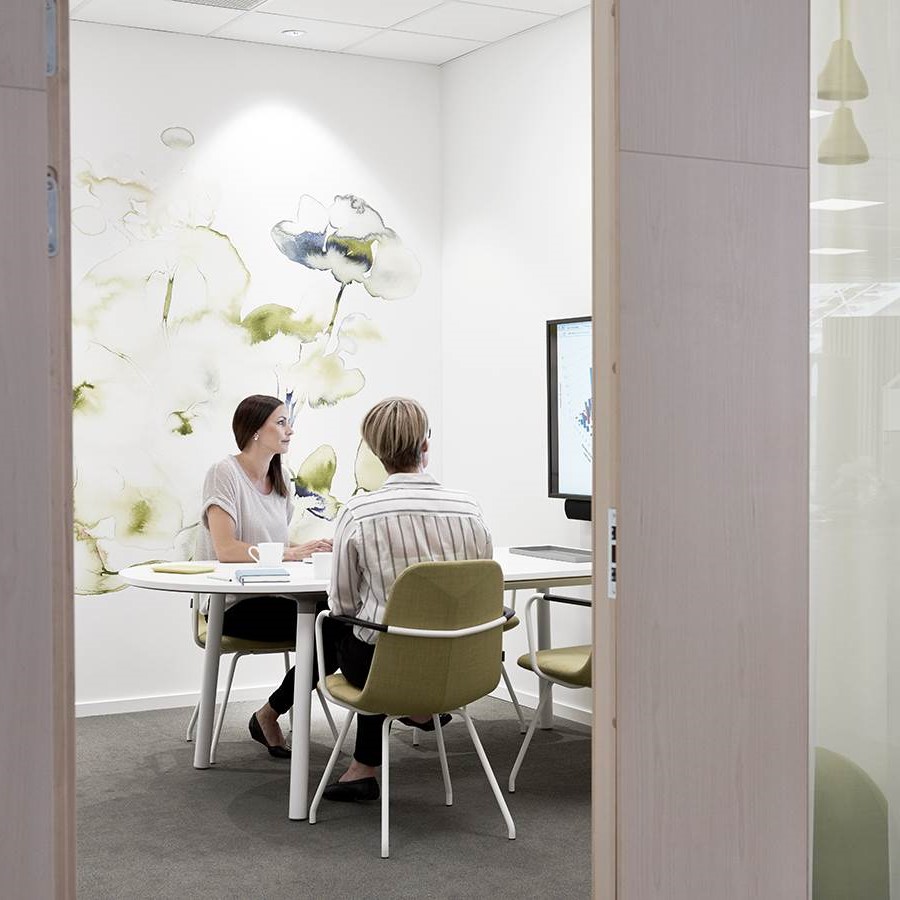








October 16, 2019
Getting to grips with workplace safety
by Alex Wilkins • Comment, Wellbeing